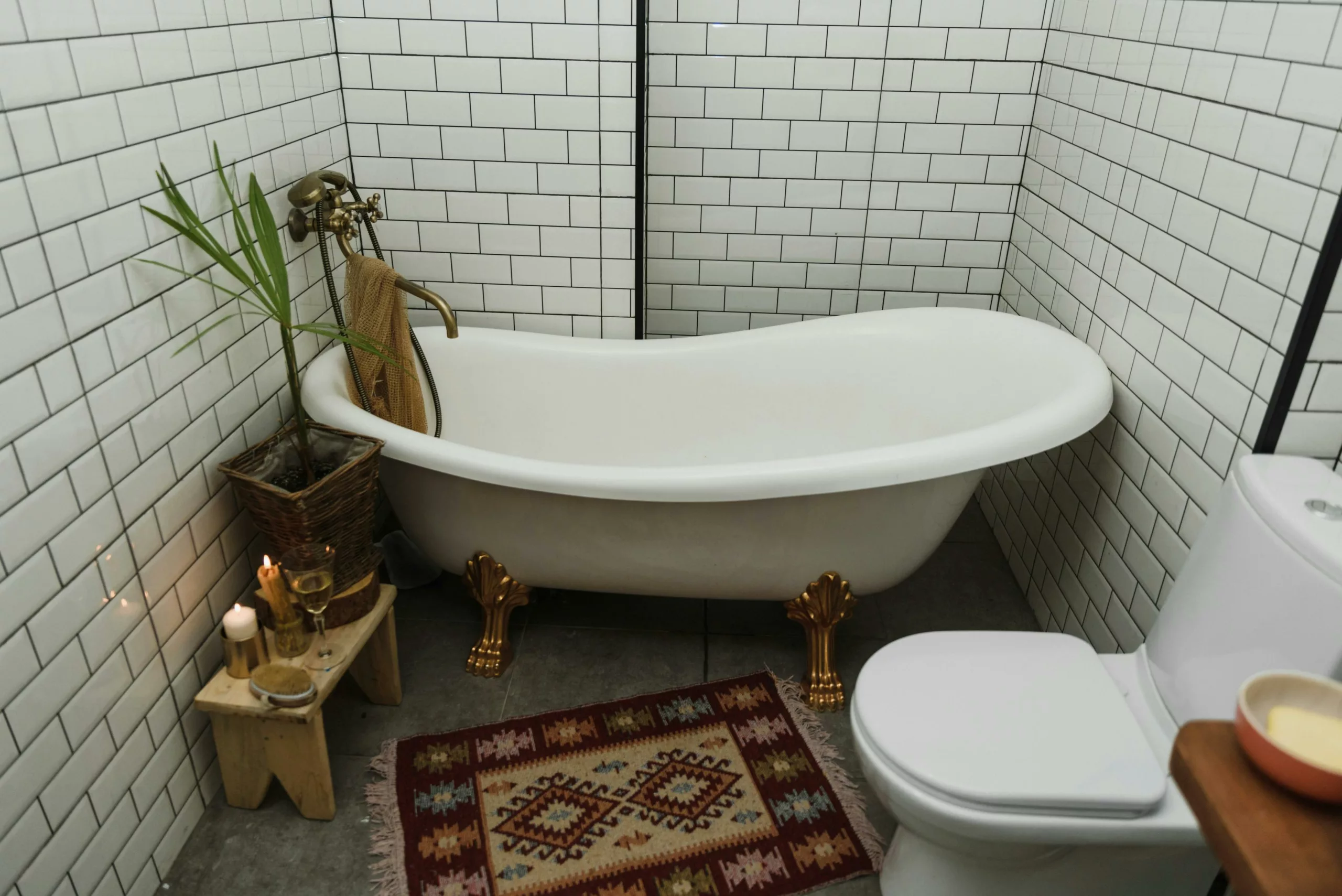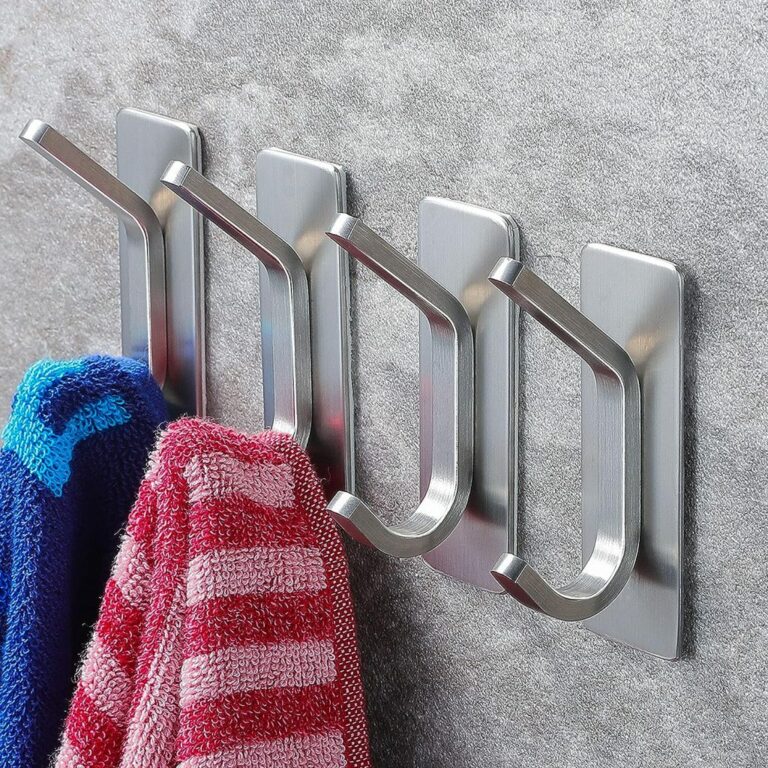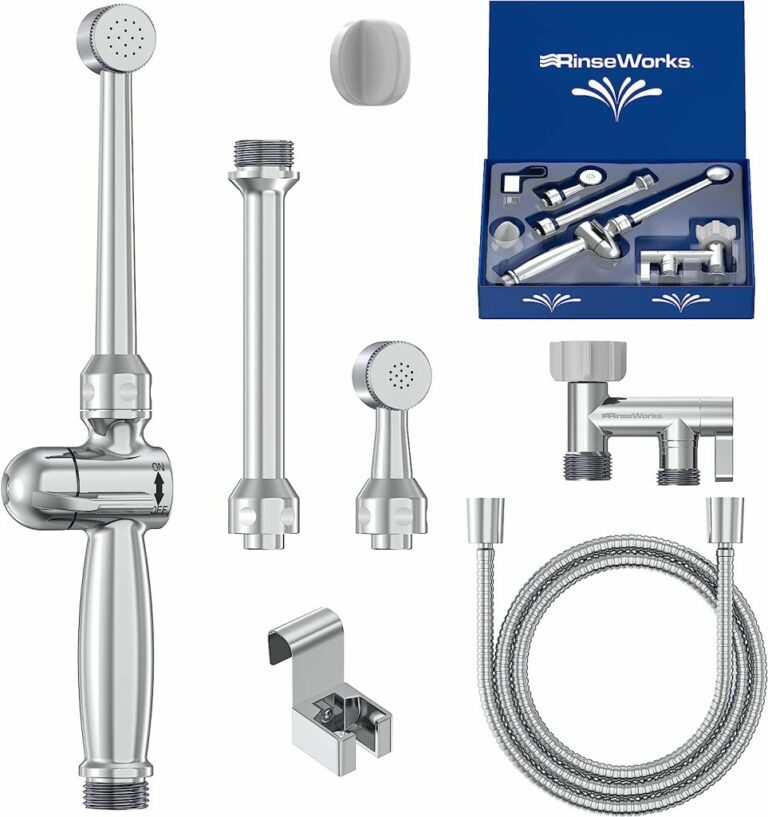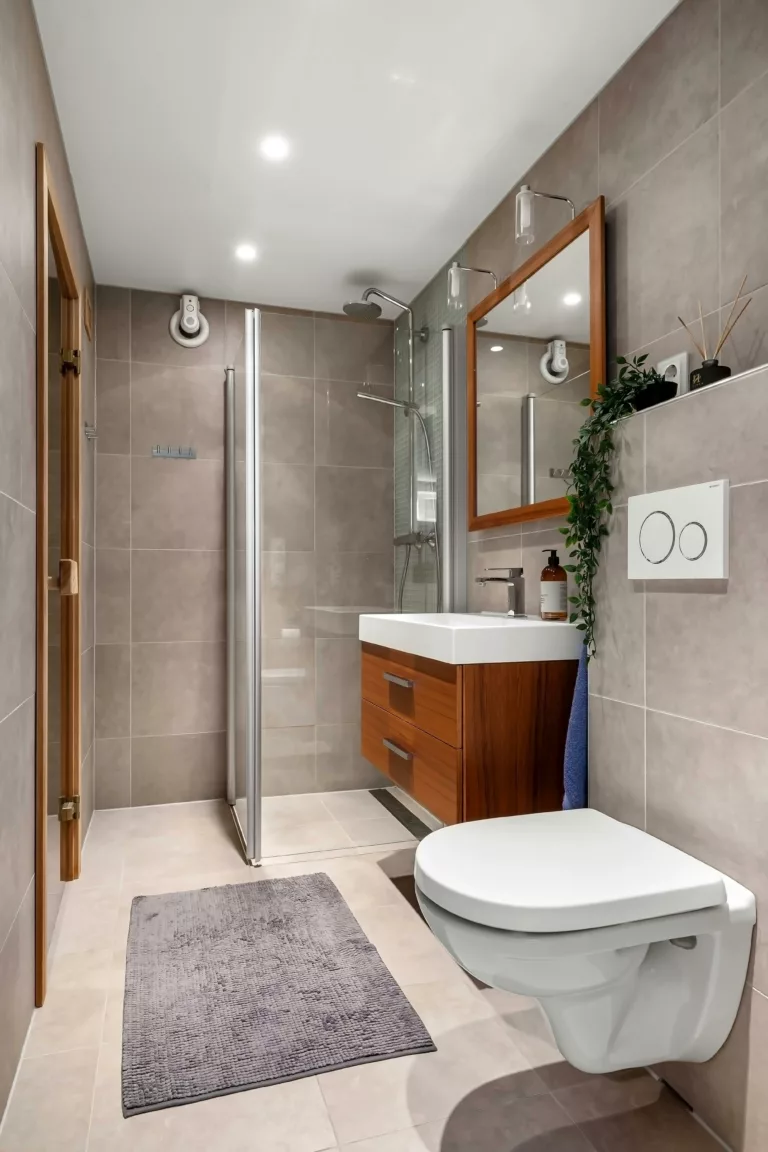How safe bath compared elderly to the shower?
Ensuring the safety and comfort of elderly individuals in the bathroom is a crucial aspect of senior care. The decision between a bath and a shower involves weighing various factors, including accessibility, convenience, and potential risks. Let’s explore the considerations and recommendations for bath safety with a fresh perspective, incorporating keywords such as bathtub, walk-in bath, shower tub, and bathtub accessories.
Table of Contents
Bathing Safety for Seniors: Finding the Perfect Balance

As we age, the seemingly simple act of taking a bath or shower can pose unexpected challenges. Slippery surfaces, high tub sides, and the strain of standing for extended periods increase the risk of accidents. So, when deciding between a bath and a shower for an elderly individual, it’s essential to carefully consider the advantages and disadvantages of each option.
Bath Advantages: A Relaxing Soak with Risks to Navigate
Advantages:
Relaxing and Therapeutic: The warmth of a bath can provide soothing relief for aching muscles and therapeutic benefits.
Consistent Depth: Once in the bath, stability is achieved at a consistent depth, enhancing overall safety.
Risks:
Difficulty Getting In and Out: High tub sides make entering and exiting challenging, increasing the risk of slips and falls.
Slippery Surface: Without proper traction, the bath base can become dangerously slippery.
Longer Exposure to Water: Difficulty in exiting the bathtub may lead to extended water exposure, potentially causing hypothermia.
Shower Advantages: Quick and Accessible with Cautionary Measures
Advantages:
Easier Access: Walk-in showers, especially those with low thresholds, provide easier access compared to traditional bathtubs.
Adaptability: Showers can be equipped with safety features such as grab bars, non-slip mats, and shower seats.
Quick Process: Showers generally require less time, making them suitable for those with limited stamina.
Risks:
Standing for Extended Periods: Without a shower chair, standing for an extended time can be tiring or dangerous.
Water Splash: Water splashing outside the shower area may create slippery floors.
Smaller Space: Some showers may be restrictive, posing challenges, especially for those requiring caregiver assistance.
Mitigating Common Risks: Scalding and Breathing Difficulty
To address common risks associated with baths and showers, preventive measures are crucial.
Scalding Risk:
Installing Anti-Scald Devices and proper water heater usage can prevent burns from excessively hot water.
Breathing Difficulty:
Ensure Good Ventilation: Keep a window or door slightly open to maintain air circulation.
Install an Exhaust Fan: Reduce steam buildup with an effective exhaust fan.
Take Shorter Sessions: Limiting the duration of showers or baths minimizes steam production.
Balancing Safety and Convenience: Essential Bath Accessories
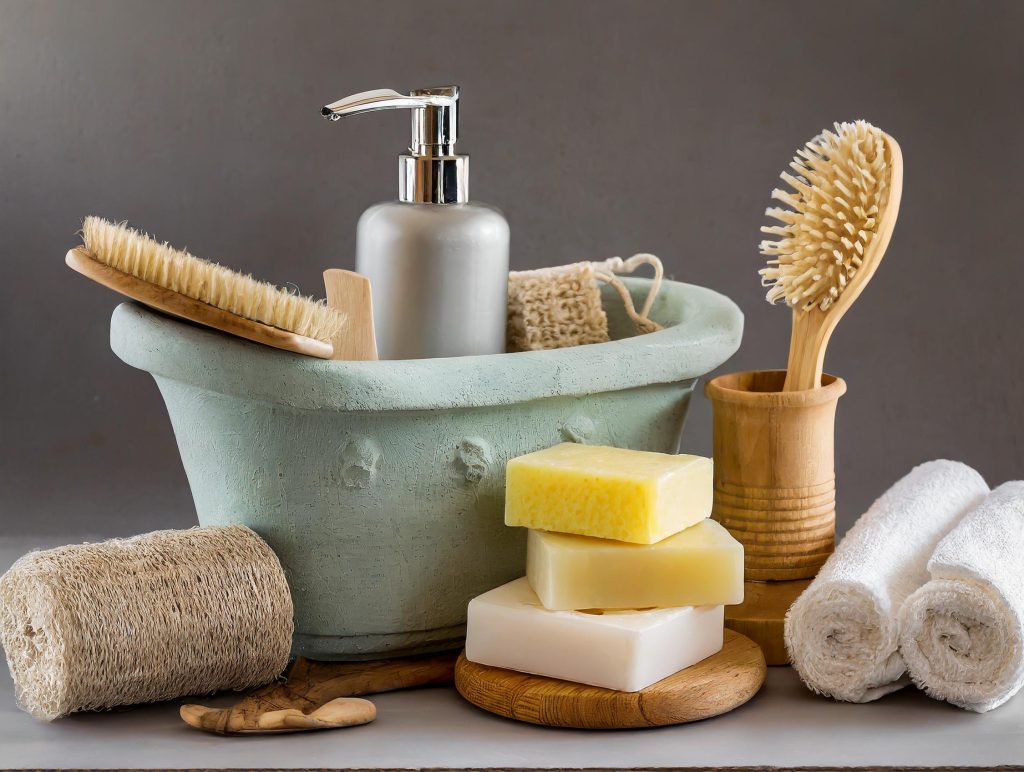
Regardless of the choice between a bath or a shower, incorporating safety accessories is key to enhancing both safety and convenience. Some essential bath accessories include
Non-Slip Mats: Prevent slips by placing these around the bath and shower areas.
Grab Bars: Install sturdy bars inside the bathtub and nearby for essential support.
Bath Seats: Enhance comfort for those unable to stand for extended periods during showers.
Walk-in Tubs: Specifically designed for seniors, these tubs provide easy access without the need to navigate high tub sides.
Temperature Control Valves: Adjust water temperature to prevent scalds during bathing.
Good Lighting: Illuminate the bathroom adequately to reduce the risk of accidents.
Reachable Essentials: Store frequently used items within easy reach to prevent overstretching.
Regular Cleaning: Maintain a clean environment to prevent mold and slippery soap scum buildup.
Emergency Protocols: Ensure a method to call for help during emergencies, such as a waterproof phone or alert system.
Routine Checks: Regularly inspect and repair bathroom fixtures to ensure they are in good working condition.
Choosing the Right Bath for Seniors: Safety, Accessibility, and Comfort
Selecting the right bath for elderly or disabled individuals involves careful consideration of safety, accessibility, and comfort. Optimal choices include
Most Suitable Bath Types:
Walk-in Tubs: Designed for easy access, featuring doors, built-in seats, handrails, and non-slip flooring.
Shallow Baths: Lower in height, facilitating easier access and adaptable to bath seats or lifters.
Baths with Integrated Grab Rails: Providing added support when entering, exiting, or moving within the tub.
Bath Types to Avoid:
Deep or Freestanding Tubs: Pose challenges with significant stepovers and lack of built-in support features.
Jacuzzi or Whirlpool Tubs: Larger and deeper design may be challenging for those with mobility issues.
In conclusion, creating a safe and comfortable bathing environment for seniors involves proactive measures and the incorporation of suitable accessories. By carefully selecting the right bath and incorporating safety features, individuals can maintain independence while minimizing the risk of accidents.

